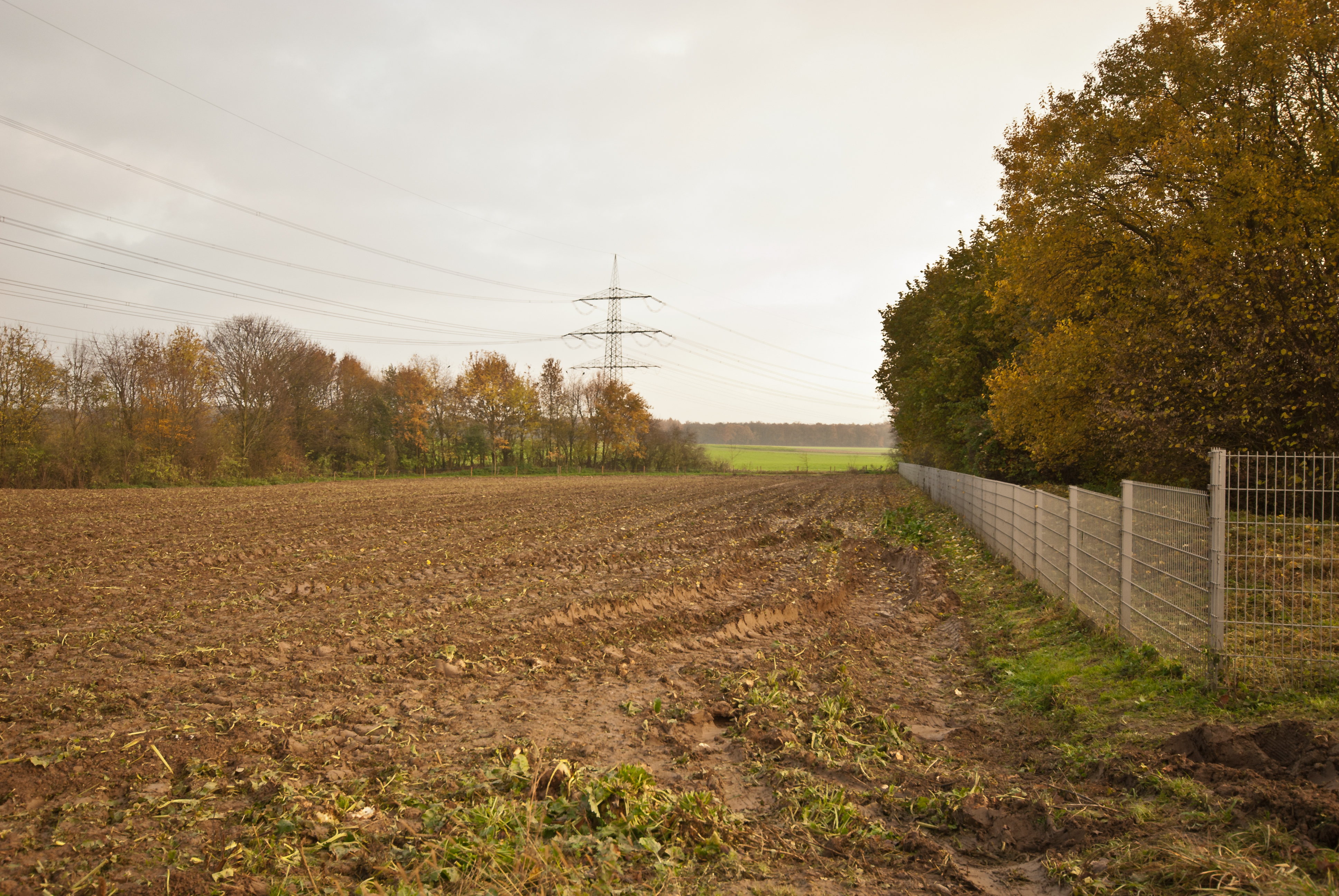|
Suzushiro
Daikon or mooli, ''Raphanus sativus'' var. ''longipinnatus,'' is a mild-flavored winter radish usually characterized by fast-growing leaves and a long, white, root. Originally native to continental East Asia, daikon is harvested and consumed throughout the region, as well as in South Asia, and is available internationally. In some locations, daikon is planted for its ability to break up compacted soils and recover nutrients, but is not harvested. Names In culinary contexts, ''daikon'' ( ja, 大根, lit=big root) or are the most common names in all forms of English. Historical ties to South Asia permit ''mooli'' () as a general synonym in English. The generic terms white radish, winter radish, Oriental radish, long white radish, and other terms are also used. Other synonyms usually vary by region or describe regional varieties of the vegetable. When it is necessary to distinguish the usual Japanese form from others, it is sometimes known as Japanese radish.Robert Bailey Th ... [...More Info...] [...Related Items...] OR: [Wikipedia] [Google] [Baidu] |
Raphanus
''Raphanus'' (Latin for "radish") is a genus within the flowering plant family Brassicaceae. Carl Linnaeus described three species within the genus: the cultivated radish (''Raphanus sativus''), the wild radish or jointed charlock (''Raphanus raphanistrum''), and the rat-tail radish (''Raphanus caudatus''). Various other species have been proposed (particularly related to the East Asian daikon varieties) and the rat-tail radish is sometimes considered a variety of ''R. sativus'', but no clear consensus has emerged. ''Raphanus'' species grow as annual plant, annual or biennial plants, with a taproot which is much enlarged in the cultivated radish. Unlike many other genera in the family Brassicaceae, ''Raphanus'' has indehiscent fruit that do not split open at maturity to reveal the seeds. The genus is native to Asia, but its members can now be found worldwide. Growing wild, they are regarded as invasive species in many regions. ''Raphanus'' species are used as food plants by the ... [...More Info...] [...Related Items...] OR: [Wikipedia] [Google] [Baidu] |
Cantonese Cuisine
Cantonese or Guangdong cuisine, also known as Yue cuisine ( or ) is the cuisine of Guangdong province of China, particularly the provincial capital Guangzhou, and the surrounding regions in the Pearl River Delta including Hong Kong and Macau.Hsiung, Deh-Ta. Simonds, Nina. Lowe, Jason. 005(2005). The food of China: a journey for food lovers. Bay Books. . p17. Strictly speaking, Cantonese cuisine is the cuisine of Guangzhou or of Cantonese speakers, but it often includes the cooking styles of all the speakers of Yue Chinese languages in Guangdong. Scholars categorize Guangdong cuisine into three major groups based on the region's dialect: Cantonese, Hakka and Chaozhou cuisines. The Teochew cuisine and Hakka cuisine of Guangdong are considered their own styles, as is neighboring Guangxi's cuisine despite eastern Guangxi being considered culturally Cantonese due to the presence of ethnic Zhuang influences in the rest of the province. Cantonese cuisine is one of the Eight Cu ... [...More Info...] [...Related Items...] OR: [Wikipedia] [Google] [Baidu] |
Animal Fodder
Fodder (), also called provender (), is any agricultural foodstuff used specifically to feed domesticated livestock, such as cattle, rabbits, sheep, horses, chickens and pigs. "Fodder" refers particularly to food given to the animals (including plants cut and carried to them), rather than that which they forage for themselves (called forage). Fodder includes hay, straw, silage, compressed and pelleted feeds, oils and mixed rations, and sprouted grains and legumes (such as bean sprouts, fresh malt, or spent malt). Most animal feed is from plants, but some manufacturers add ingredients to processed feeds that are of animal origin. The worldwide animal feed trade produced tons of feed ( compound feed equivalent) in 2011, fast approaching 1 billion tonnes according to the International Feed Industry Federation, with an annual growth rate of about 2%. The use of agricultural land to grow feed rather than human food can be controversial (see food vs. feed); some types of ... [...More Info...] [...Related Items...] OR: [Wikipedia] [Google] [Baidu] |
Soil Compaction (agriculture)
Soil compaction, also known as soil structure degradation, is the increase of bulk density or decrease in porosity of soil due to externally or internally applied loads. Compaction can adversely affect nearly all physical, chemical and biological properties and functions of soil. Together with soil erosion, it is regarded as the "costliest and most serious environmental problem caused by conventional agriculture." In agriculture, soil compaction is a complex problem in which soil, crops, weather and machinery interact. External pressure due to the use of heavy machinery and inappropriate soil management can lead to the compaction of subsoil, creating impermeable layers within the soil that restrict water and nutrient cycles. This process can cause on-site effects such as reduced crop growth, yield and quality as well as off-site effects such as increased surface water run-off, soil erosion, greenhouse gas emissions, eutrophication, reduced groundwater recharge and a loss of biod ... [...More Info...] [...Related Items...] OR: [Wikipedia] [Google] [Baidu] |
Crop Rotation
Crop rotation is the practice of growing a series of different types of crops in the same area across a sequence of growing seasons. It reduces reliance on one set of nutrients, pest and weed pressure, and the probability of developing resistant pests and weeds. Growing the same crop in the same place for many years in a row, known as monocropping, gradually depletes the soil of certain nutrients and selects for a highly competitive pest and weed community. Without balancing nutrient use and diversifying pest and weed communities, the productivity of monocultures is highly dependent on external inputs. Conversely, a well-designed crop rotation can reduce the need for synthetic fertilizers and herbicides by better using ecosystem services from a diverse set of crops. Additionally, crop rotations can improve soil structure and organic matter, which reduces erosion and increases farm system resilience. History Agriculturalists have long recognized that suitable rotations — such ... [...More Info...] [...Related Items...] OR: [Wikipedia] [Google] [Baidu] |



